
I remember the day my copy of Arkham Asylum arrived at the office because I hadn’t followed the game’s development too closely and, when I took it home just to check out what my colleagues had been raving about, I finished it that same weekend.
As a result, I’ve had a keen eye on Arkham City, so yesterday I swooped over to the Warner Brothers gamescom area and watched a demo of the new challenge maps, which offer a high-score chasing, combo-stringing alternative to the meat and drink of the story campaign. Compeered by Dax Ginn, marketing game manager at Rocksteady Studios, two members of the dev team played through identical challenge maps on different TVs – one as Batman and one as Catwoman – in a face-off as a small group of journalists watched the stereoscopic 3D beatdown.
Afterwards, I caught up with Dax to discuss the gamescom build of Arkham City and their approach to character development with this sequel.
What do you have to show us in this build of Arkham City?
At E3 and San Diego Comic-Con we showed some of our single-player story and side-missions and, here at gamescom, we’ve brought the third big part of our game: our challenge mode. We’ve brought both combat and Predator challenge maps and we’re showing it all in 3D.
We’ve put so much work into this area but we haven’t shown them to anyone yet so that’s what’s most exciting right now.
How are you treating the challenge mode in this sequel?
They’re kind of like a dojo where you can go to sharpen your skills. For all its atmosphere and emotional intensity, Arkham Asylum was a very driven, focused experience; with Arkham City the design is aimed towards giving the player freedom, so there are a lot of choices on offer at any given moment. The challenge in that, for us, is not being able to control and ramp up the difficulty in the same way we did in the first game, so if you find at any point you’re getting slaughtered in the main game, you have the challenge maps to work on your skills.
The second function of the mode is to massively blow out the amount of content in the game and we’ve added in a reward structure with the Riddler Revenge feature, where you earn up to three medals for getting a high score in combat or taking out enemies in specific ways in the Predator maps, and online leaderboards.
With Catwoman taking a central role in what we’ve seen of the game so far, and a distinct, Rocksteady take on Robin appearing in challenge mode, what is the essence of those two characters?
The ‘Rocksteady take’ is a very good way of putting it because we’re given a lot of creative freedom to define the Arkham verse, as we call it. Take a look at what we’ve done with Penguin – the monocle doesn’t really work in the 21st century so we’ve smashed a beer bottle into his face and that’s our take on it. That sums up our approach to character design: gritty and nasty, and with a tangible sense of threat in the game world.
Catwoman’s design is driven by the hostile atmosphere in Arkham City and her Catsuit has a military feel – if you look closely then you’ll see a very fine black and grey camouflage pattern, in keeping with her being very difficult to detect in the shadows.
Because Robin only appears in the challenge maps, our focus is on taking him in a
direction not seen before. To fit in our world then he needs to be hard-hitting and have abilities that are approaching the potency of Batman’s, so he has a bow staff and shield, and he is an explosions specialist, with vision augmentation that allows him to identify explosives in the environment. Robin is a complex character and very different to Batman – it’s not a case that we’ve just reskinned him.How has the Rocksteady team built up such an extensive knowledge of the Batman universe and characters?
Working closely with DC Comics helps a lot. They are masters of that universe and we consult them on every aspect of the game because we want to make sure any new idea is there to create a deeper experience of feeling like Batman.
The alter ego is a big part of any superhero and yet you have never explored that. Why did you decided to steer clear of Bruce Wayne?
Because it’s a Batman game. He’s powerful and aspirational but you never lose sight of the fact that he is mortal. It’s such fertile ground and in Arkham City we will go deeper into the man behind the cowl by bringing in characters like Hugo Strange, who knows Batman’s true identity, and Talia al Ghul, who has a romantic relationship with him. Through those characters we see his vulnerable side but our aim has always been to make an action game, not a business simulator, and when you start thinking about what you would do while playing as Bruce Wayne, it doesn’t seem terribly exciting in comparison.
My favourite parts of Arkham Asylum were when events would suddenly take a dark turn to the left, like the scene in the morgue and the Scarecrow levels. How will you surprise players this time around knowing that they are now expecting that kind of stuff?
It’s a really tough challenge. I can’t be completely truthful with my answer here because we want to make sure that surprises remain. We have moments in the game that are designed to take you by surprise and… this really is a difficult question to answer… players are going to appreciate what we have done because those moments you mentioned worked so well in the first game, and we totally understand that there’s an expectation now. We’ve thought a lot about what we think people are going to think, and then worked out ways to stay one step ahead.
Let me know if you have any questions based on my time with Arkham City and I’ll do my best to answer over the weekend.





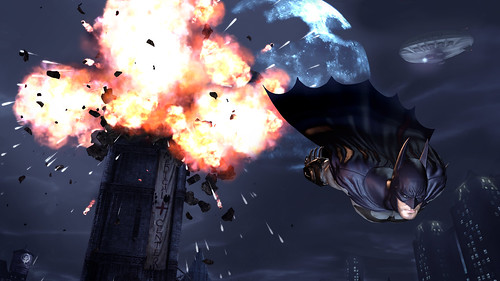
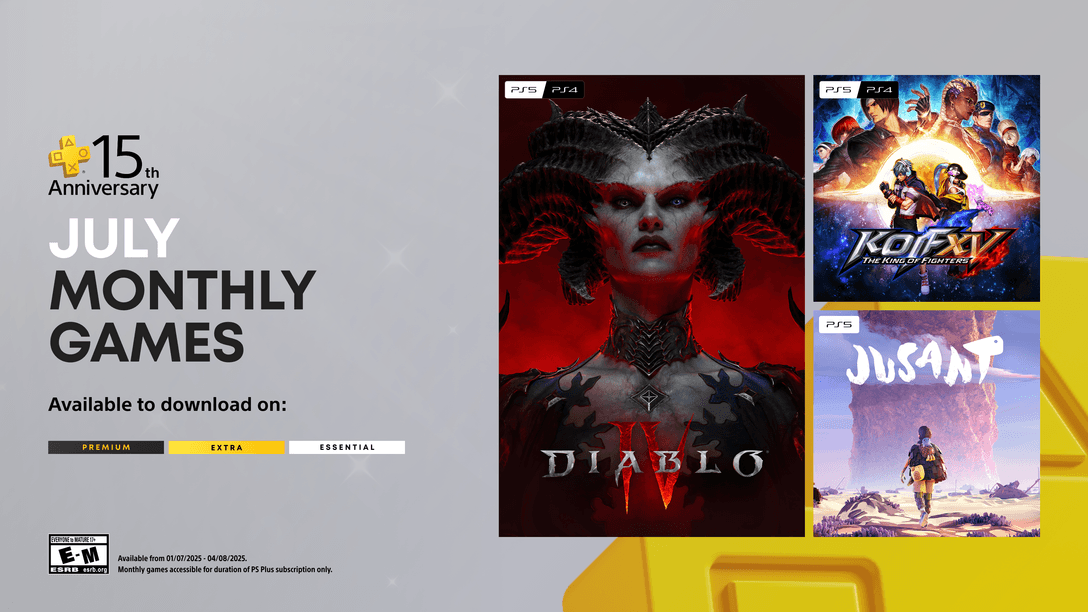
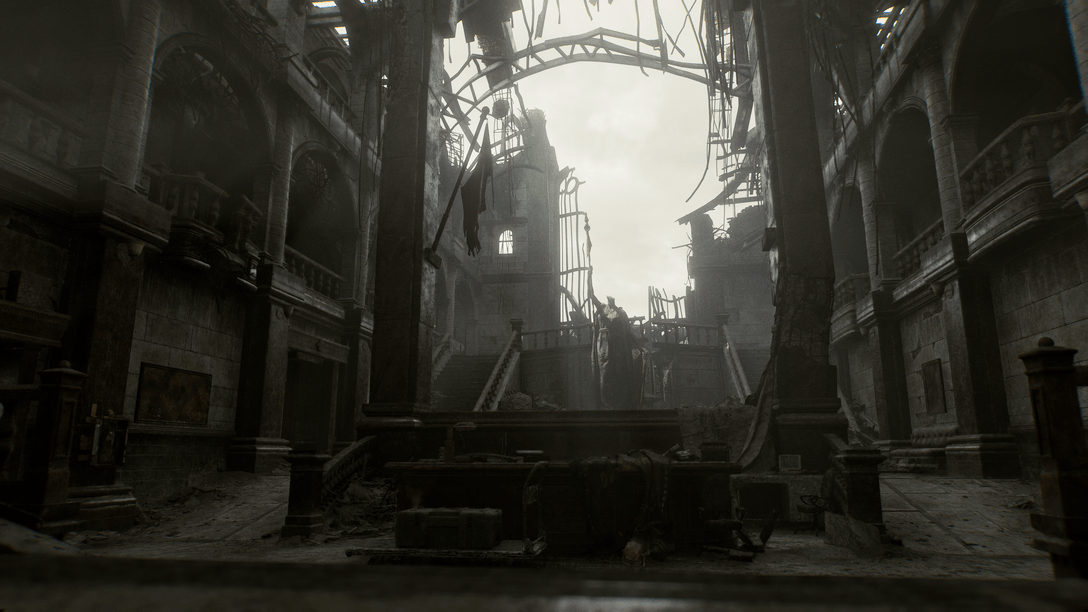
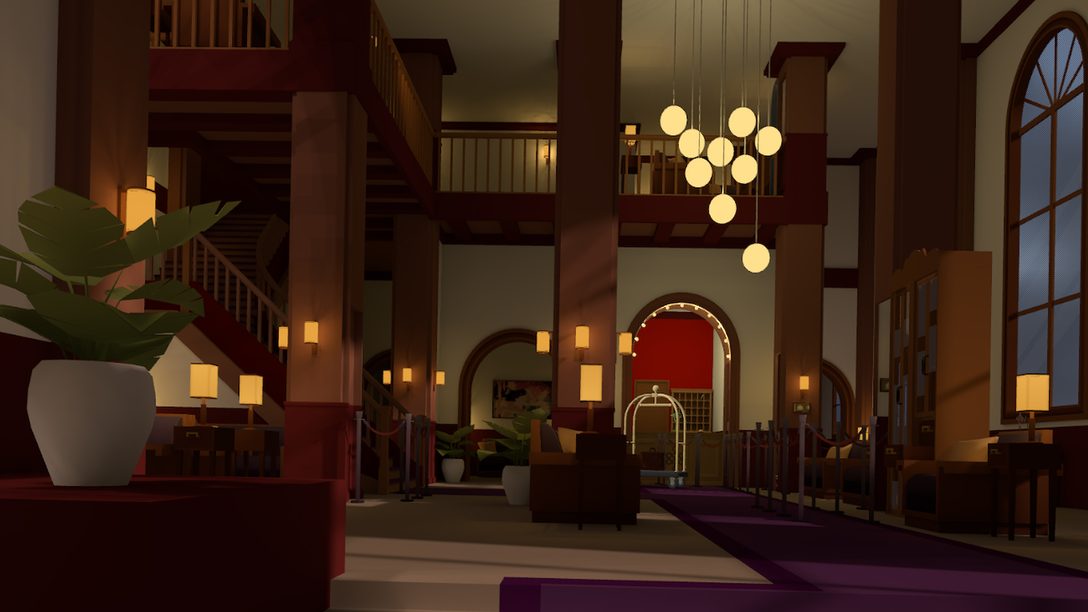
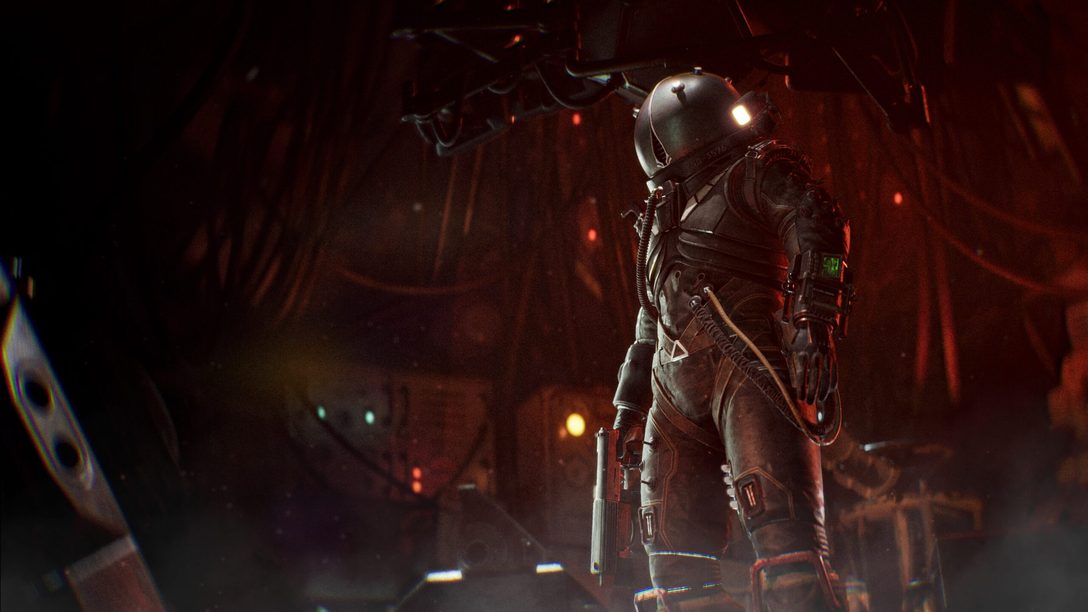




Join the Conversation
Add a CommentBut don't be a jerk!
22 Comments
Loading More Comments